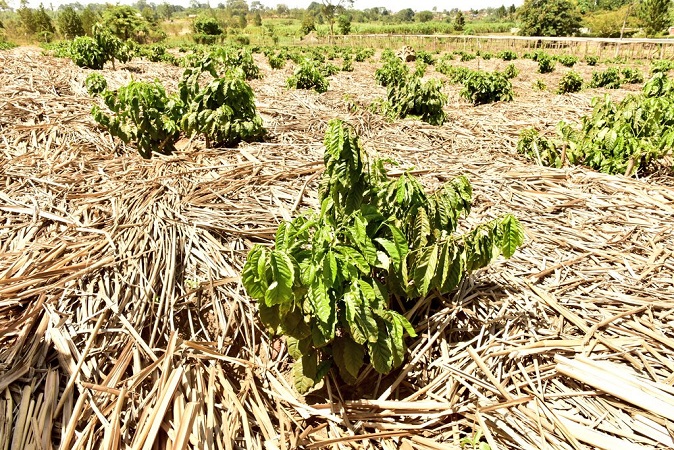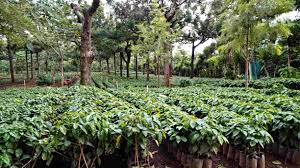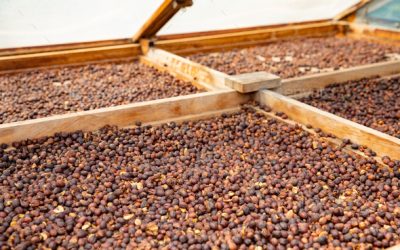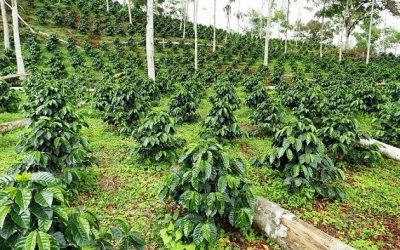How to mulch your Coffee

Mulch is nature’s way of preventing water loss and helping plants grow strong and healthy. We look at mulch application.
Green plant material, such as lawn clippings, which could cause a loss of nitrogen, can be used as long as the first layer is well decomposed. Don’t dig it into the soil.
Earthworms thrive when green material is added to the mulch blanket. They’re often harmed by chemical fertiliser, so be careful when selecting nitrogen fertiliser to replace lost nitrogen.
A neat appearance is very important when using mulch. Poorly placed mulch on top of plants damages them and gives an untidy finish.
Make sure the leaves are swept off pathways and lawns, and then packed down under plants as mulch. Shake fallen tree leaves off the top of smaller plants and pack them below.
Spread mulch about 4cm thick over the soil surface.
Mulches that contain weed seed will encourage uncontrolled and often undesirable germination.
Pat loose leaves down under plants, as they can blow back into the garden. If the leaves are too light to use in a mulch application, put them in your compost heap until partly decomposed.
Wet the ground well before applying mulch, because mulch tends to soak up and trap water before it reaches the soil.
Gently scrape back the mulch to check soil moisture. If the area is moist, no watering is required.


